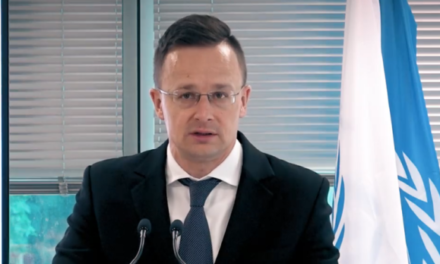The Hungarian population does not even really perceive where the energy price crisis that unfolded in the second half of last year led. In our country, utility tariffs have been static since 2012, although the impact of price increases on international energy markets can be felt indirectly - in the prices of food and services. - can be read in Magyar Nemzet.
The government had two additional tools at the end of last year: freezing the price of fuel at HUF 480 per liter, and opening the possibility for micro-enterprises to join the universal tariff system for gas and electricity supply.
However, the relatively calm domestic situation is surrounded by brutal price increases in the region from all sides. Polish consumers were the worst hit , paying on average 24 percent more for electricity and 54 percent more for gas since January.
In Slovakia, the situation is somewhat more favorable from the point of view that the energy markets are not completely liberalized, so retail prices are also regulated. Despite this, instead of last year's 16 euros, they have to pay 22 euros per megawatt hour of gas, a total increase of 24 percent. The electricity bill at the end of January in an average household will be 15 percent higher than in December.
Since September, Czech residents have been paying seven percent higher prices at the third largest PRE company, which serves eight hundred thousand consumers. Smaller companies also followed suit, and the largest service provider, ČEZ, increased its tariffs by a third from January.
In the also liberalized Austrian energy market, residential consumers can count on an 18 percent increase in electricity prices, but the people of Vienna have received a promise from their service provider that there will be no further price increases this year.
more about this in Magyar Nemzet .
Featured image source: MTI/MTVA - Attila Balázs












